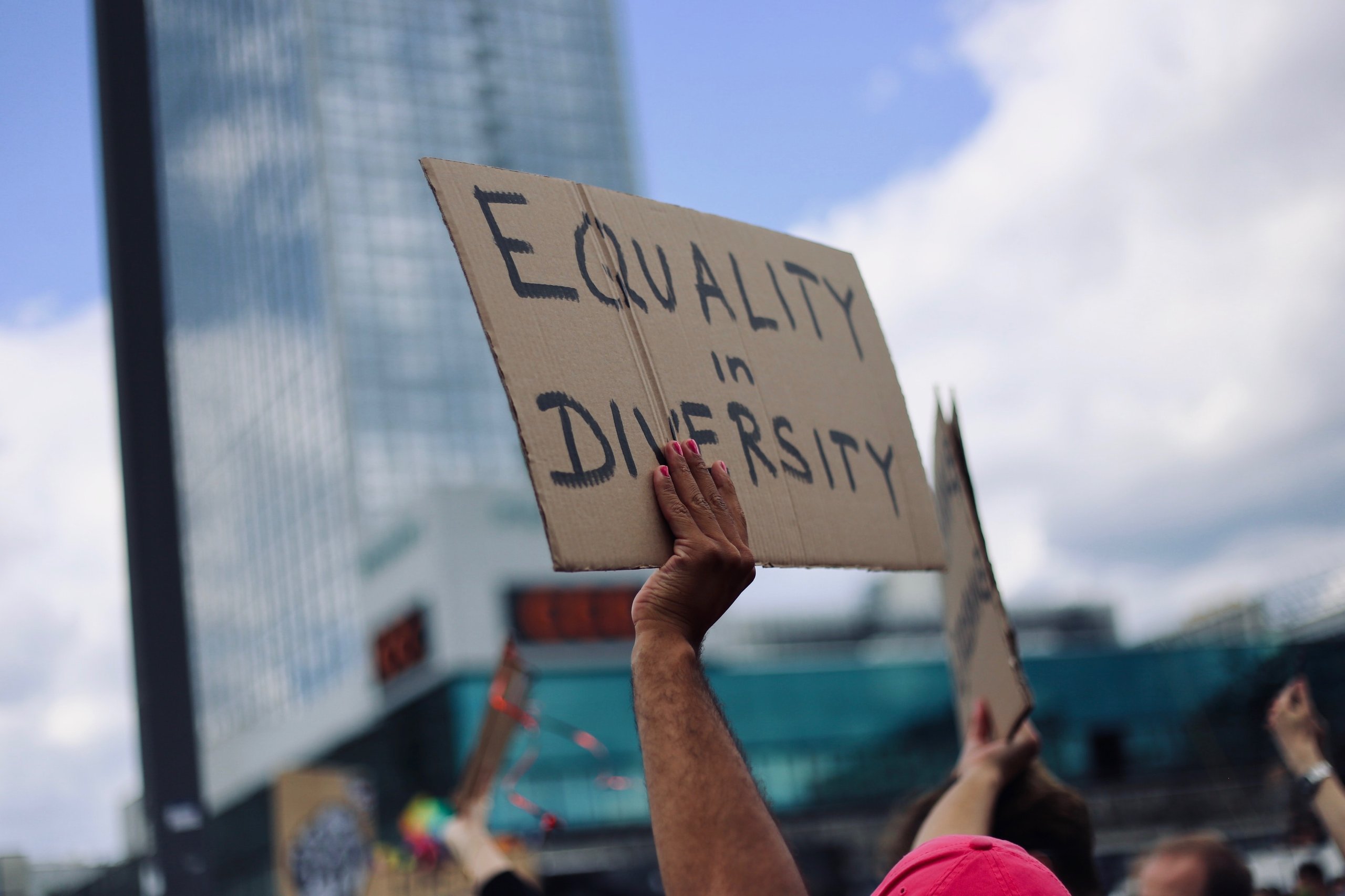NEWS
June 28, 2022

IN BRIEF
Pakistan is a culturally rich country, incorporating 99% Muslim people and about 1% Hindi people. However, despite the cultural diversity, there is still a lack of workforce diversity in Pakistan. This is partly due to social attitudes that discourage workers from different backgrounds from interacting and sharing ideas. Additionally, there is a shortage of skilled professionals in Pakistan, which has led to companies struggling to find employees who meet their specific needs. AL Pakistan accountapreneur, Bhoora Lal, takes a closer look. There are many reasons to have a diverse workforce. First, it can help organizations become more innovative and [...]
SHARE
Pakistan is a culturally rich country, incorporating 99% Muslim people and about 1% Hindi people. However, despite the cultural diversity, there is still a lack of workforce diversity in Pakistan. This is partly due to social attitudes that discourage workers from different backgrounds from interacting and sharing ideas. Additionally, there is a shortage of skilled professionals in Pakistan, which has led to companies struggling to find employees who meet their specific needs. AL Pakistan accountapreneur, Bhoora Lal, takes a closer look.
There are many reasons to have a diverse workforce. First, it can help organizations become more innovative and competitive by increasing the number of perspectives that are brought to bear on decision-making – leading to better communication, collaboration, and employee satisfaction. Diversity also leads to a larger pool of better-equipped employees to identify and address social justice issues.
Gender Diversity
In Pakistan, there is also a lack of gender diversity in workplaces due to cultural and social forces that promote conformity to traditional gender roles. This leaves many women and gender non-conforming people without opportunities to advance their careers, limiting their access to resources. However, there has been increased awareness of the importance of gender diversity in recent years, and employers are starting to make changes to improve the situation for women in Pakistan.
Disability Diversity
There are an estimated 2 million people with disabilities in the country. This number is expected to grow by 2024 when it is estimated that 5% of the population will have a disability. Despite this growing population, there is little understanding or appreciation of disability diversity in Pakistani workplaces. According to the Disabled Persons (Employment and Rehabilitation) Ordinance, 1981, a 2% hiring quota for people with disabilities in public and private sectors exists in Sindh, Balochistan, and Khyber Pakhtunkhwa provinces, as well as in the city of Islamabad. The quota is 3% in Punjab province. But few audits are conducted, and therefore it is widely believed that people with disabilities continue to be discriminated against in the hiring process.
There is, however, an increased awareness about disability diversity and its importance to workplaces. As a result, employers are taking various initiatives to create inclusive work environments for disabled employees. But there is still a long way to go before all disabled Pakistanis can feel welcomed and valued at work.
Workplace diversity challenges and solutions in Pakistan
The country has over 180 million people, but only about 9% of the workforce comprises people from minority groups. This leaves many businesses struggling to find qualified employees from these communities. Additionally, Pakistani laws do not mandate employer diversity efforts, so many companies do not embrace the benefits of inclusion. To overcome these challenges, businesses must first understand the meaning and importance of diversity and then make an effort to create an inclusive workplace for all employees.
Inclusive workplace policies and practices can help reduce discrimination faced by employees with disabilities. Such policies can include reasonable accommodations for employees with disabilities, equal opportunity employment statements, and diversity training for managers and staff. Inclusive practices can also include providing accessible workspaces and equipment, flexible work arrangements, and support for employee rehabilitation programs. Implementing these policies and procedures can help create a more inclusive workplace environment that is fair and respectful of all employees.
